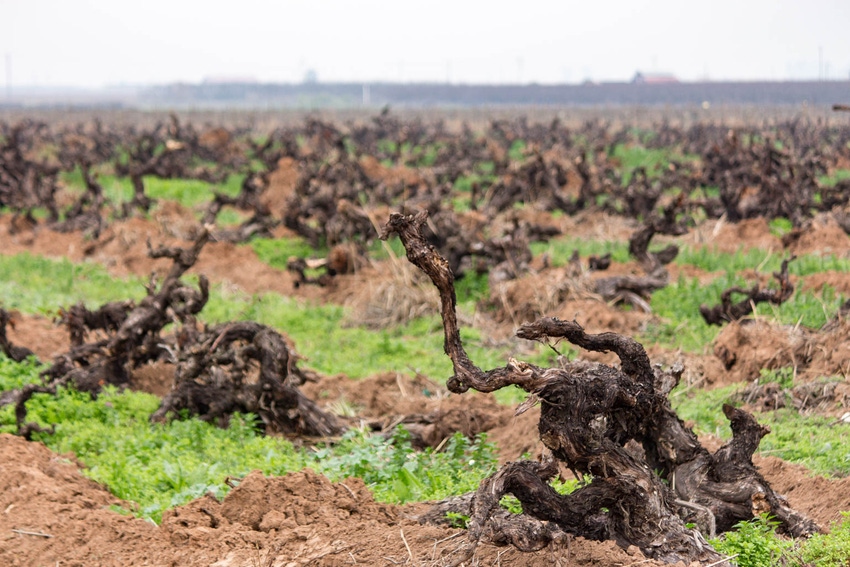January 26, 2016

While not the highest harvest figure on record, California almond growers shook a significant number of nuts from their trees in 2015 to perhaps send the industry into a price “correction.”
Last summer we were told that growers would harvest 1.8 billion pounds of almonds in 2015. As harvest drew close and what little water remained was thin-to-absent, almond industry folks I spoke with thought it would be optimistic to see 1.8 billion pounds.
As harvest neared I read where the almond price would start at about $4.50 per pound to the grower. The attitude was that the crop would be shorter than the official estimate because of the water challenges up and down the state.
Then the December almond position report came out. Crop receipts that were feared to be light by some going into the harvest were erased as the actual figure through the end of the year was just over 1.85 billion pounds.
While not a record, it was apparently high enough to send the price tumbling. An almond marketer I spoke with in mid-January said the price to the grower was in the neighborhood of $2.60 cents. I saw one other report that showed it running about $2.50, but who’s counting?
Before the panic sets in let’s offer a little perspective. I can remember, as can people I know, when the price of almonds to the grower was about 80 cents and the thought of $2 nuts conjured up comparisons to winning the lottery.
There are some in the almond industry who have no knowledge of prices that low because they were either too young or didn’t know what an almond was until about three years ago when they invested in them from the relative safety of their corner office in the big-city high rise.
Then there are the others who’ve been there, done that and have the battle scars to prove it.
I recently viewed a video conference highlighting the past year in the wine grape industry (how’s that for a smooth transition?) where grape industry officials talked rather openly about the challenges of Central Valley grape growers and candidly admitted their eager transition into almonds and other tree nuts.
A similar tone at another wine grape event I attended recently hung in the air as some seemed frustrated over the loss of wine grapes in the Valley. Others seemed concerned that the jump to almonds could cause a price correction that could make jumping with both feet into almonds financially unwise.
For starters, anyone wanting to get into almonds today is going to have to stand in line for a few years to get trees from a nursery. Then, they’re going to have to wait several more years to get a crop from those trees (provided they have the land and the water to make it happen).
Speaking of water, growers in 2016 may have no more water from the federal government or State of California than they had in 2015. Given how quickly we’ve been draining aquifers, reaching back into them as the sole source of irrigation water will have catastrophic impacts on the entire Central Valley.
Even if we end the rainy season on an epic note and can fill our reservoirs it is becoming painfully clear by the words and deeds of those who hold our irrigation water hostage that ample surface supplies to irrigate increasing acres of permanent plantings is not sustainable under existing practices and availability.
For those wanting to stay in farming, the decision of whether to get out of grapes and plant almonds, as but one example, will likely be tempered in the short term by an even larger decision of which state to relocate to as current state and federal policy seems not to support agricultural production in California.
You May Also Like




